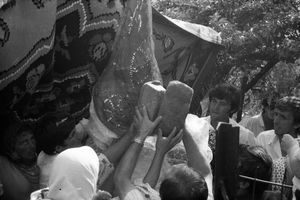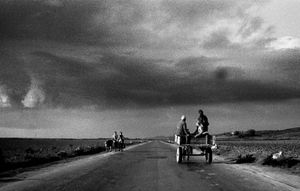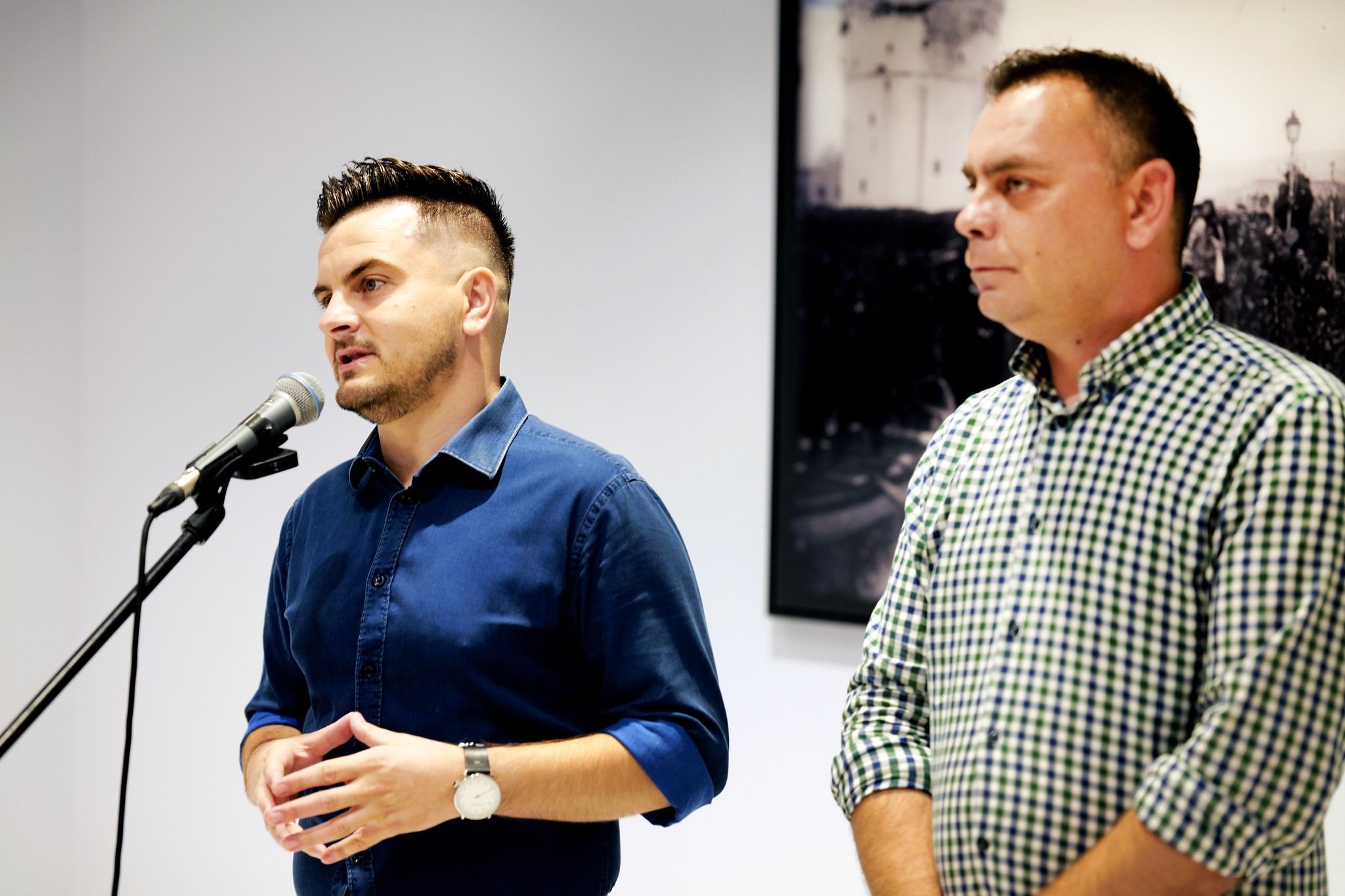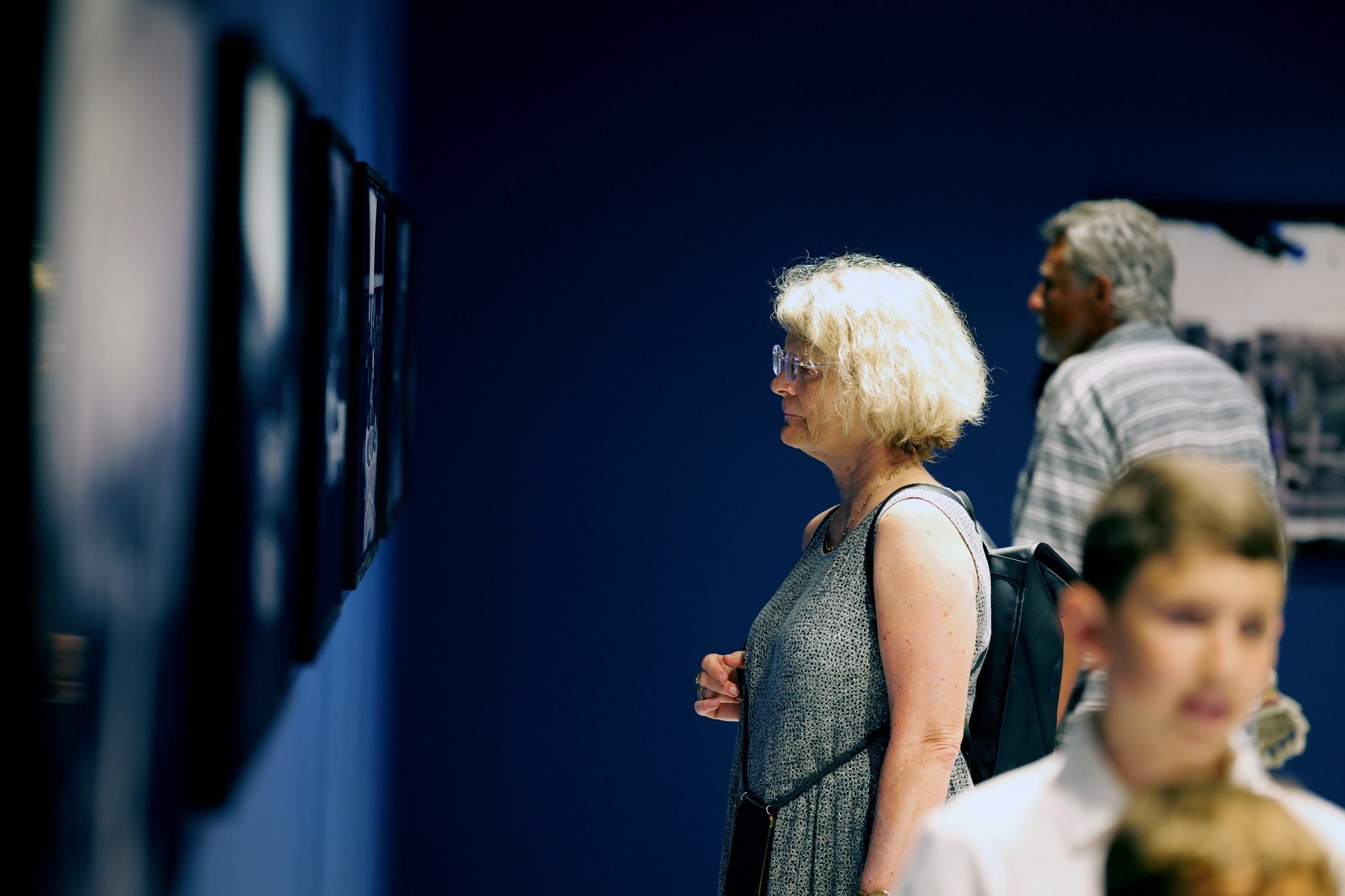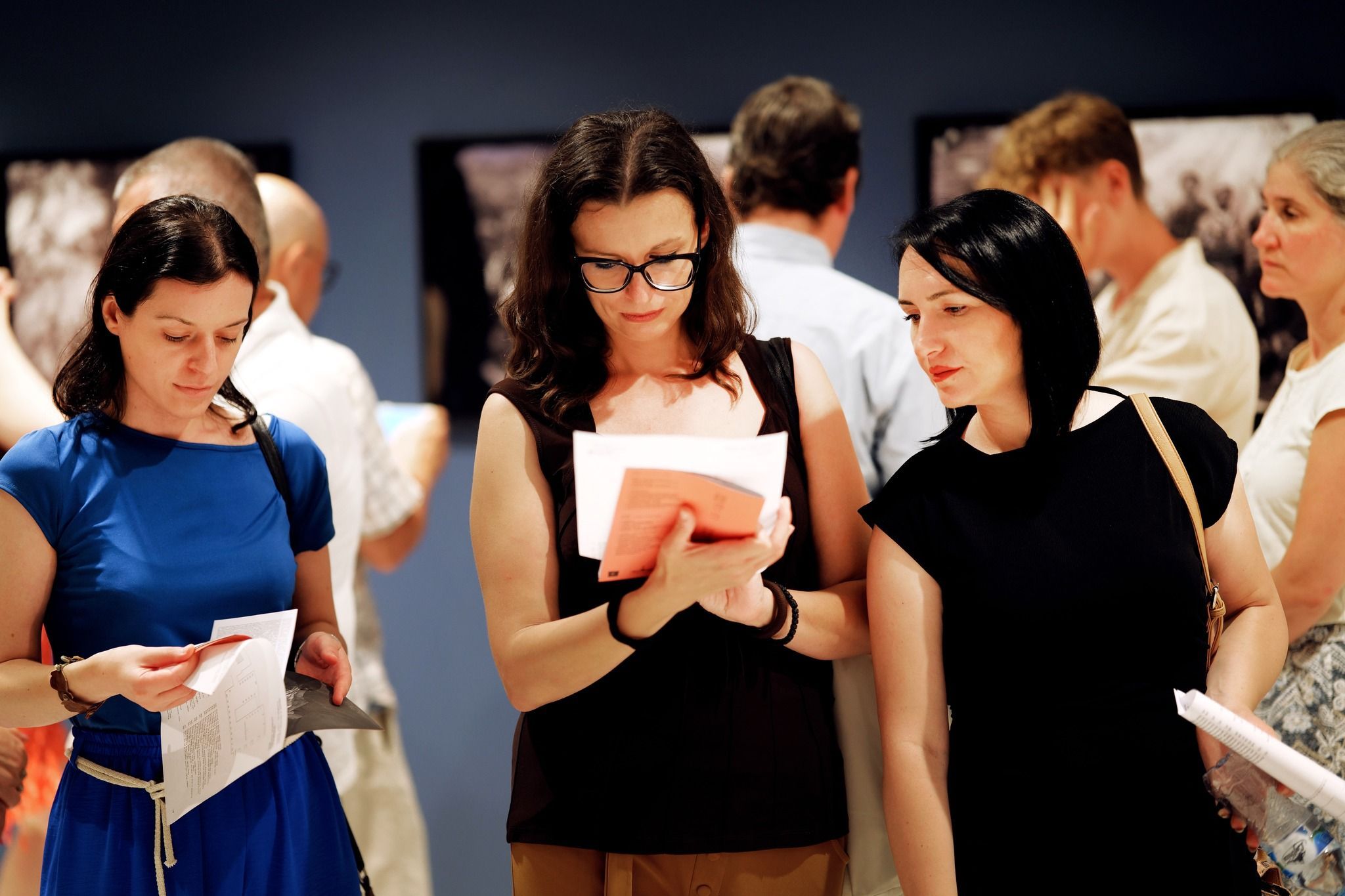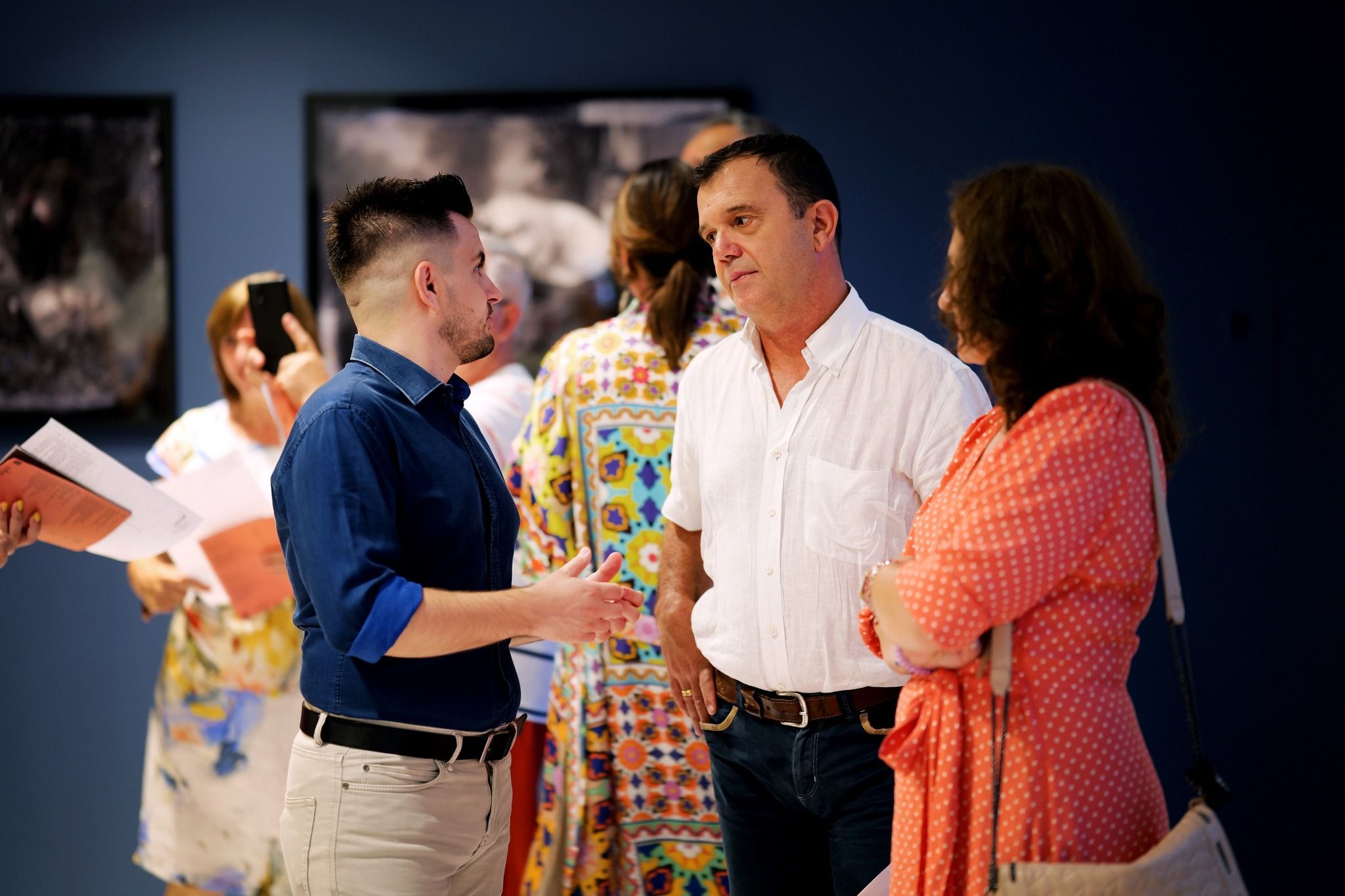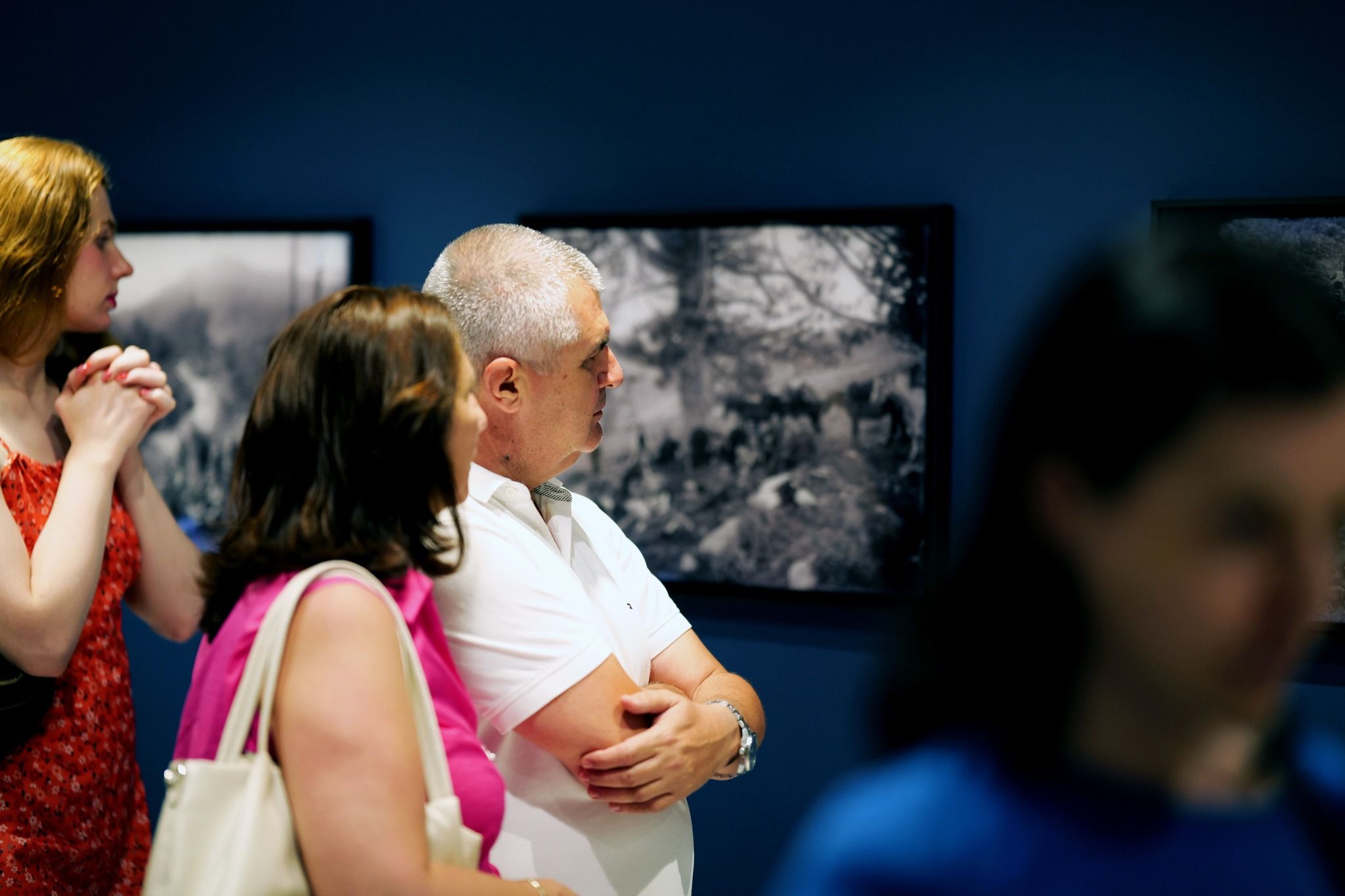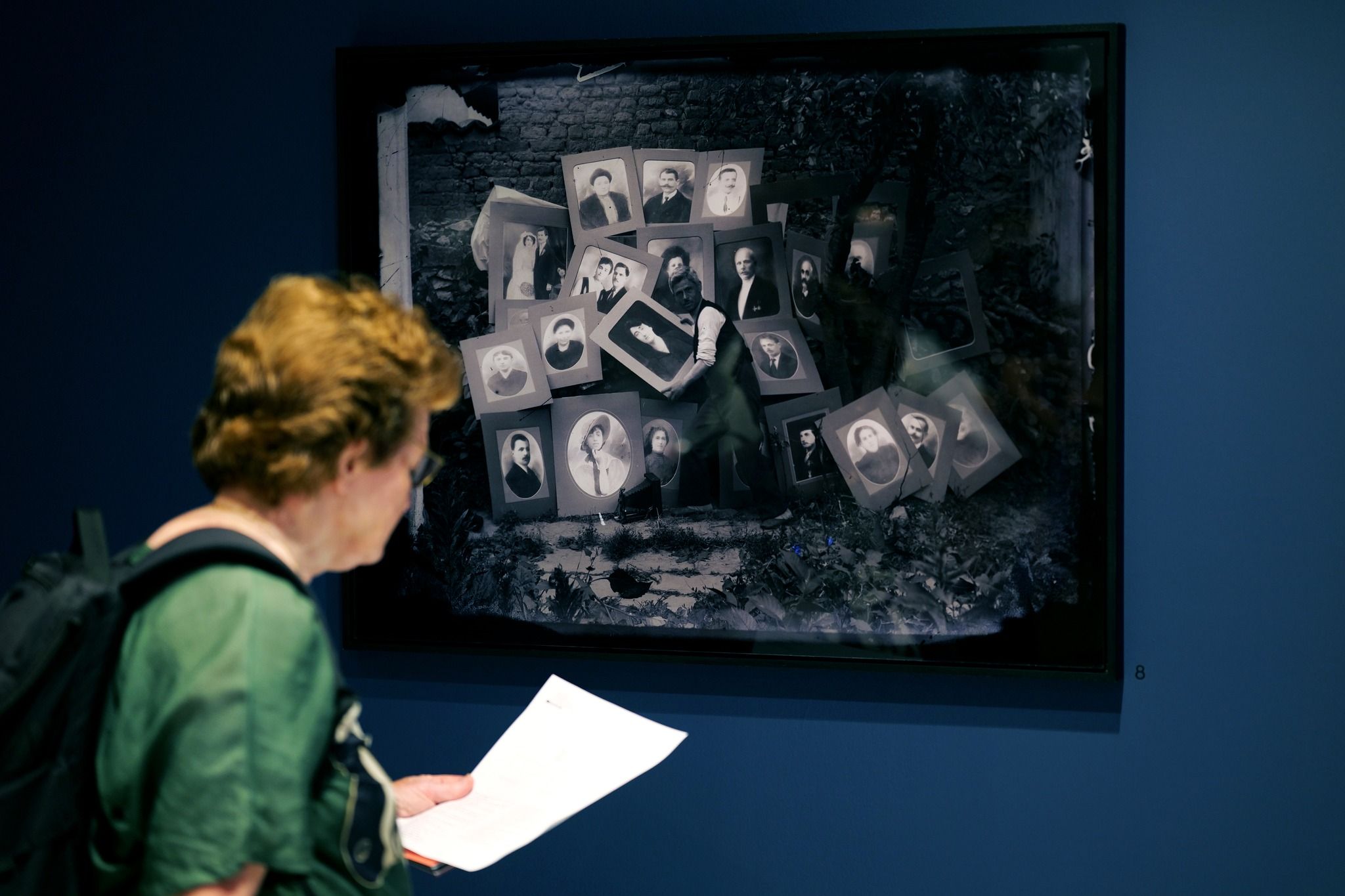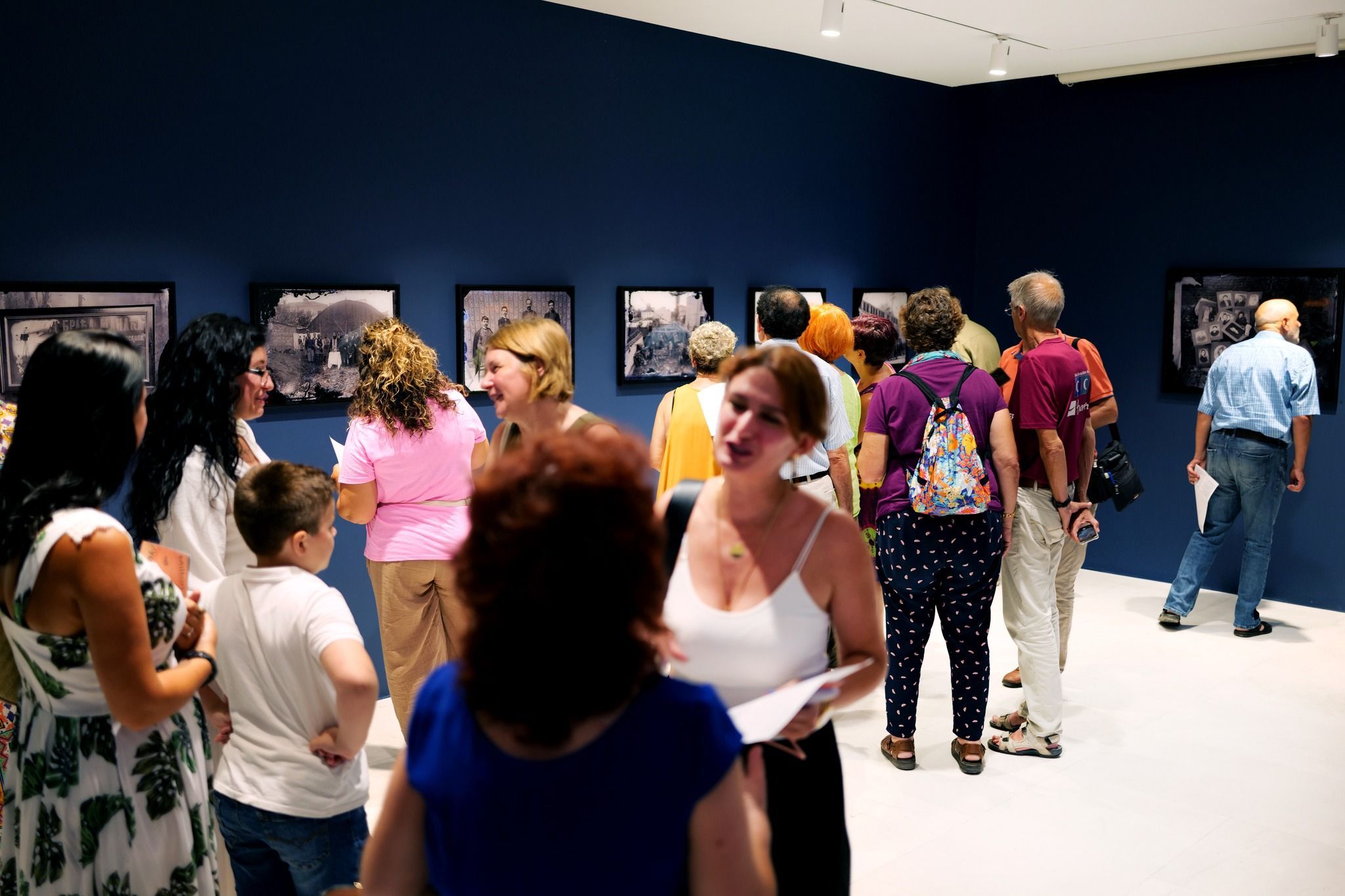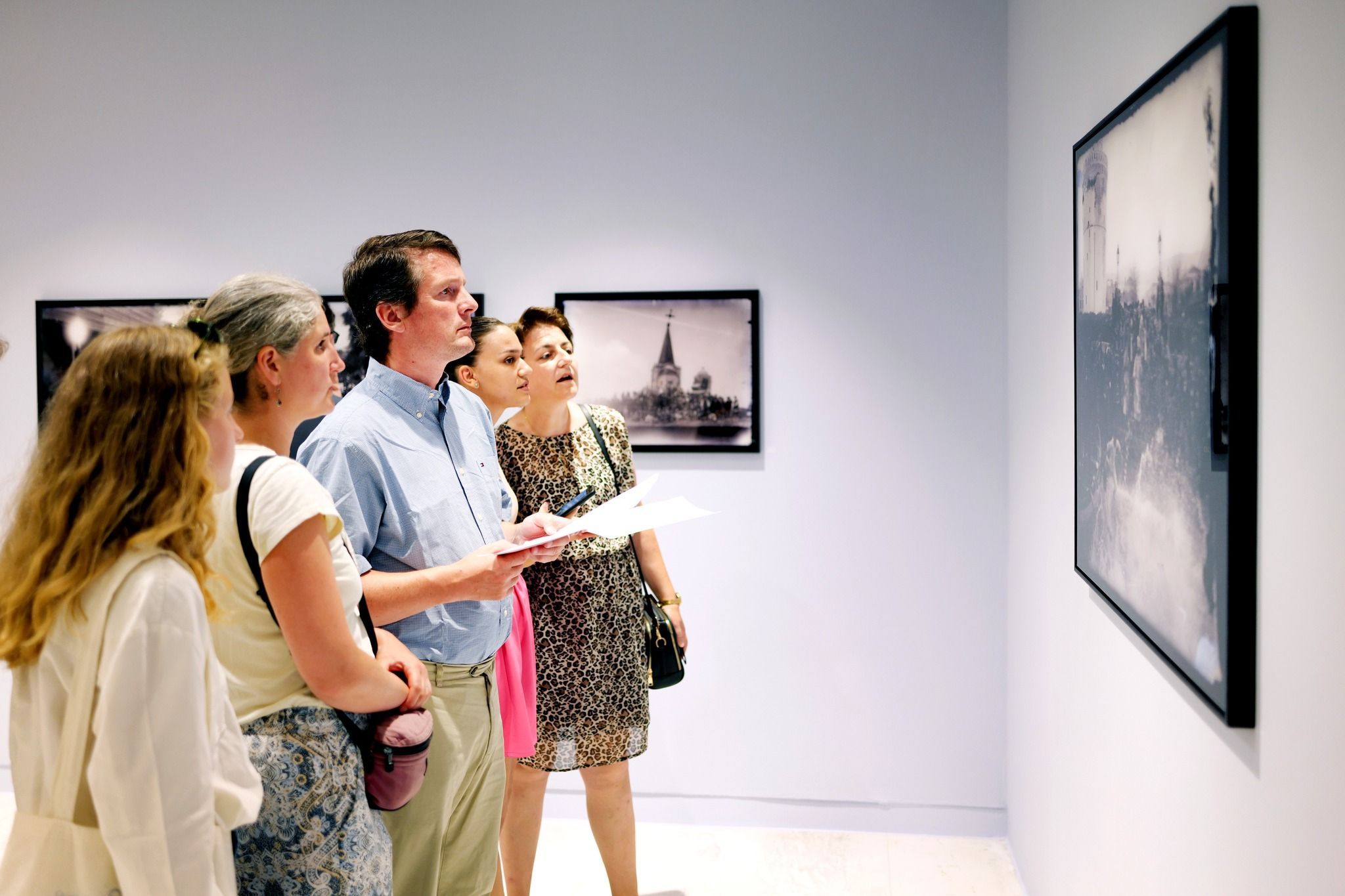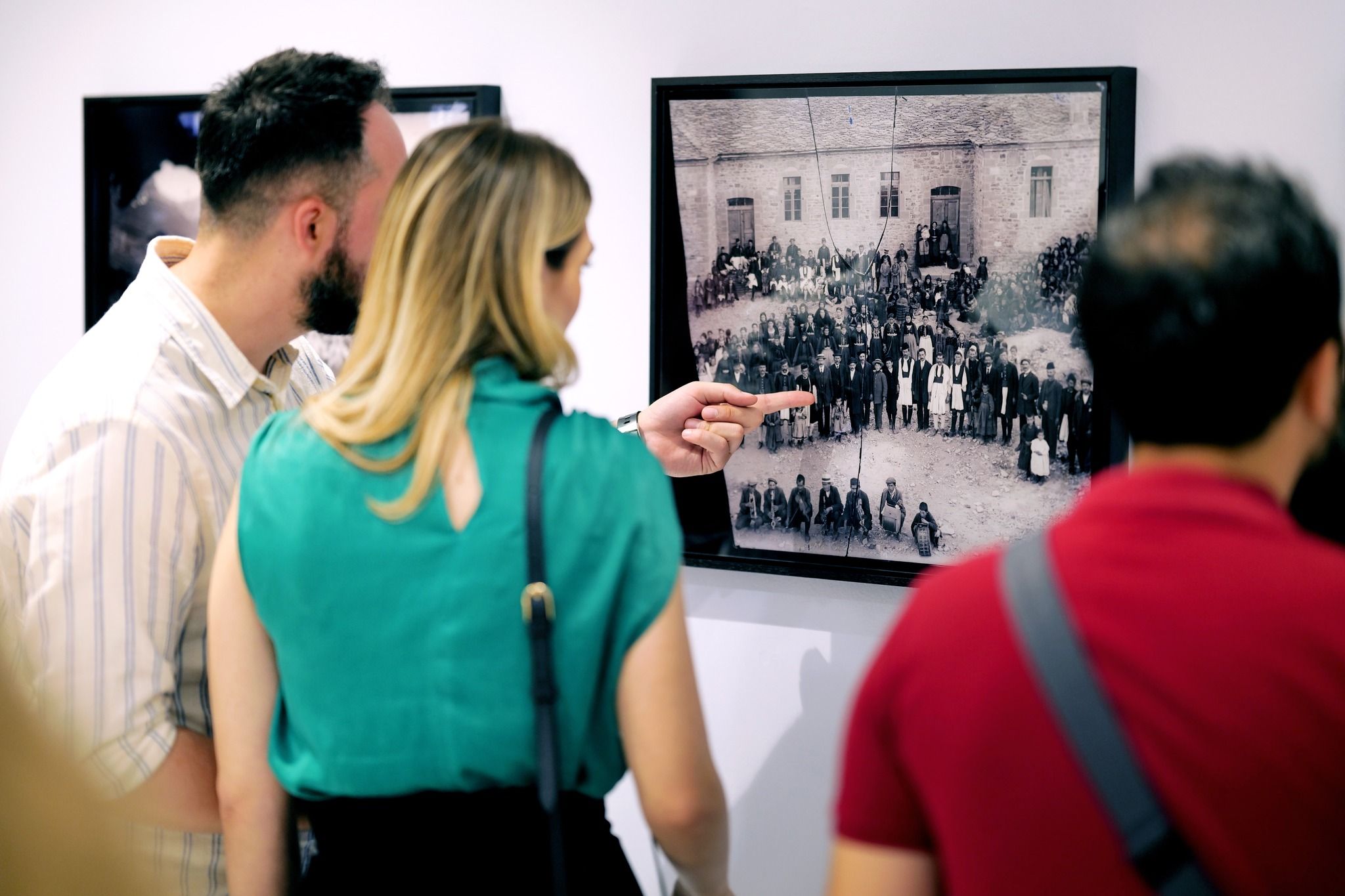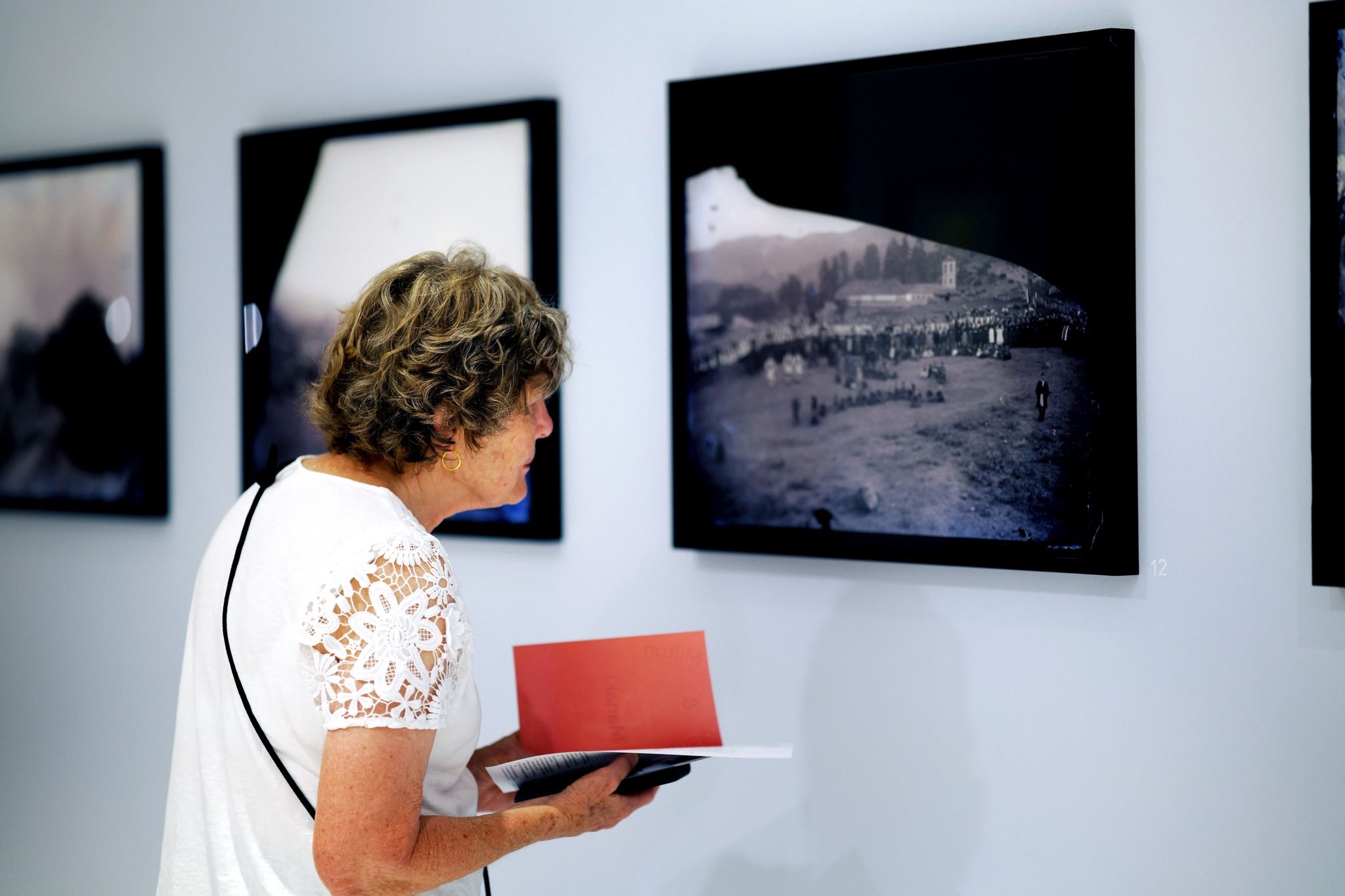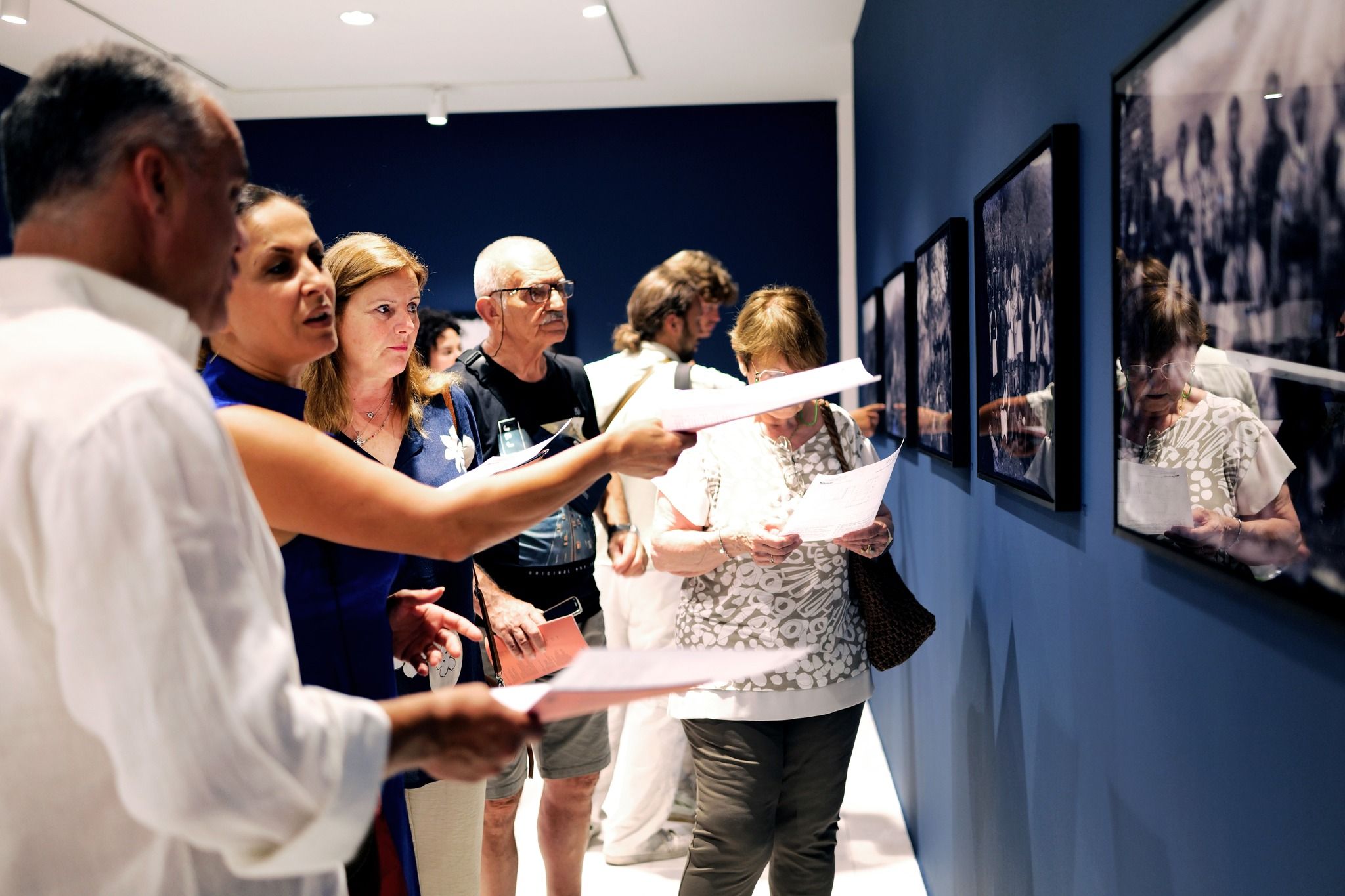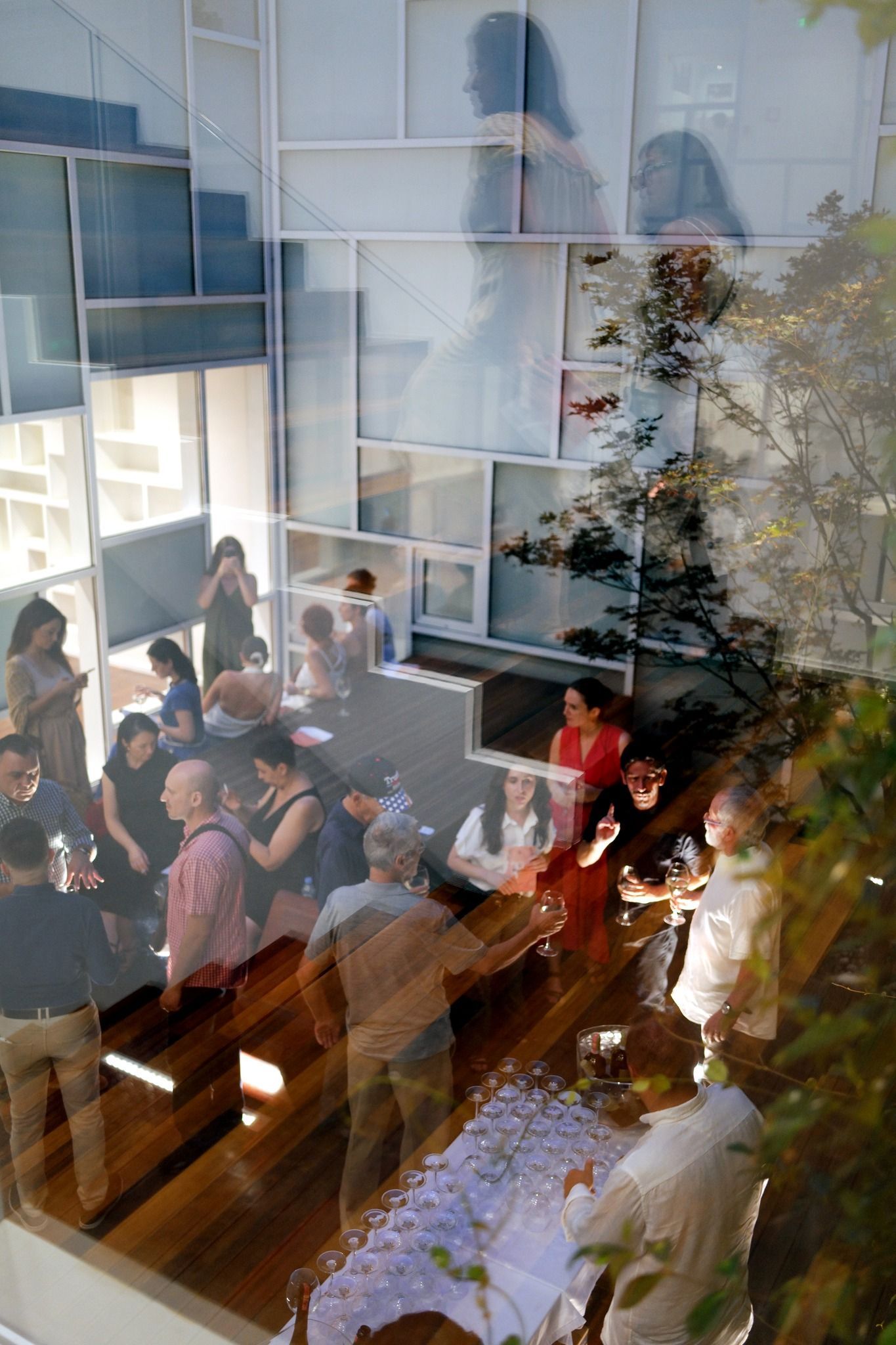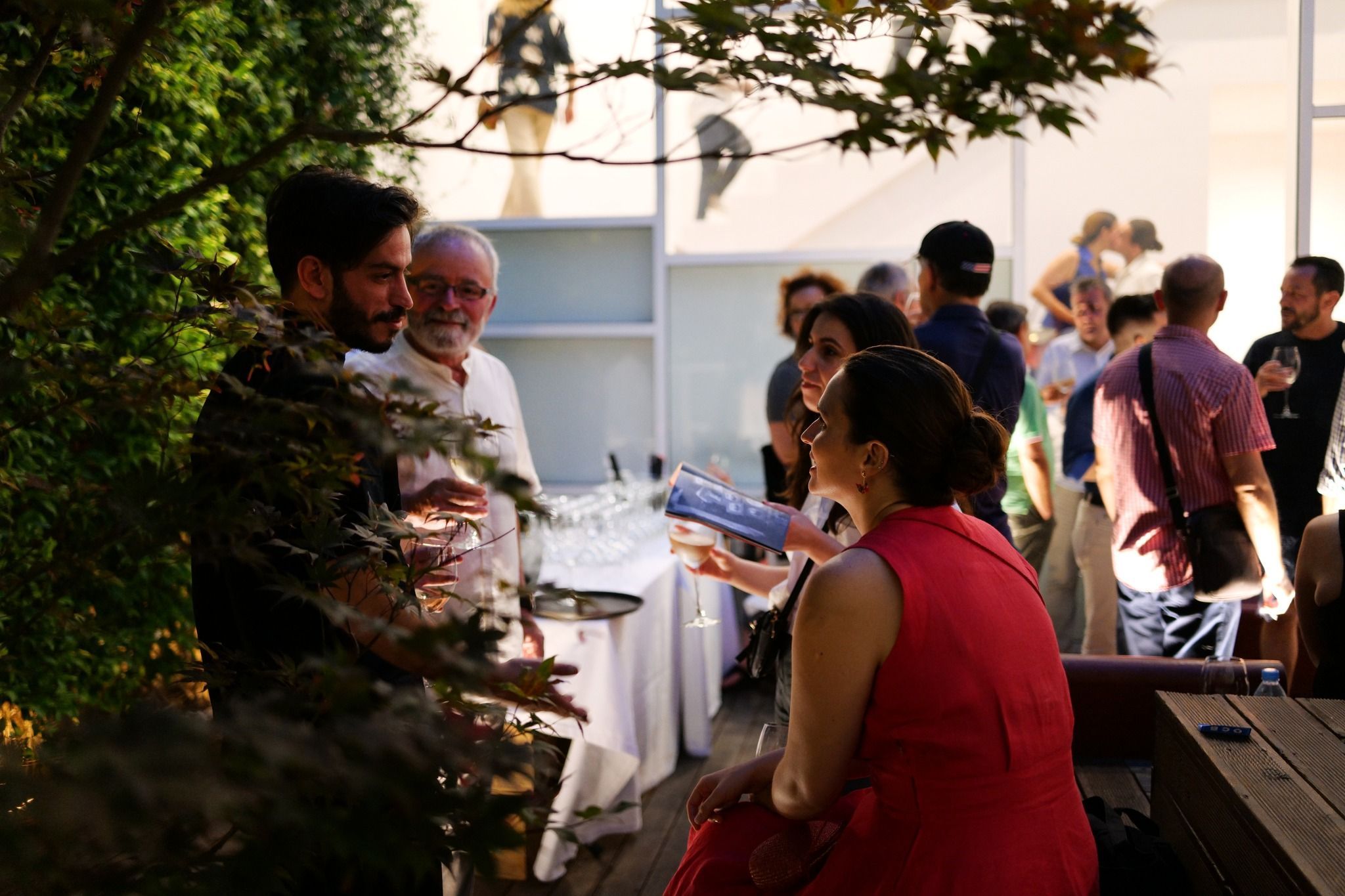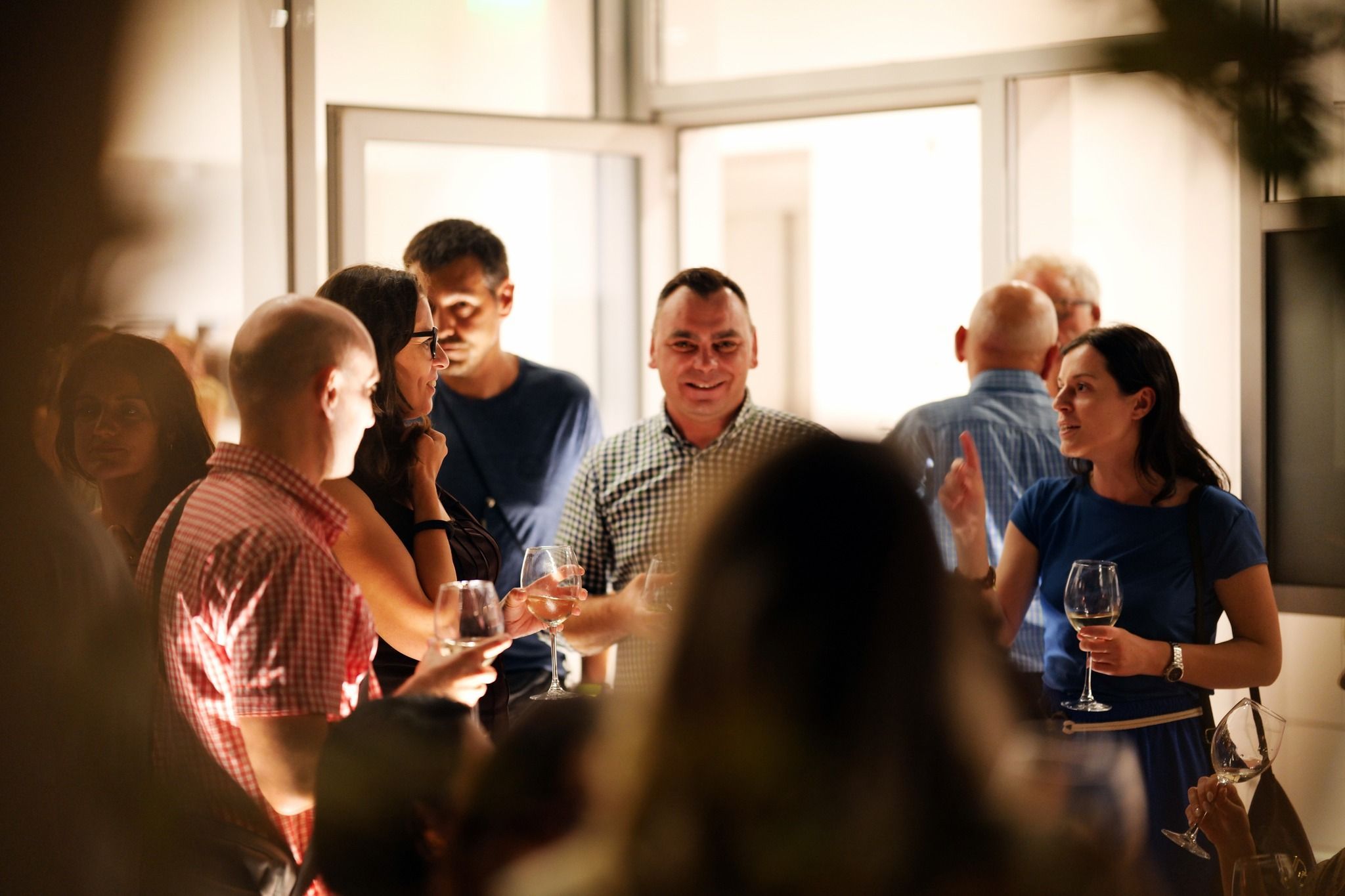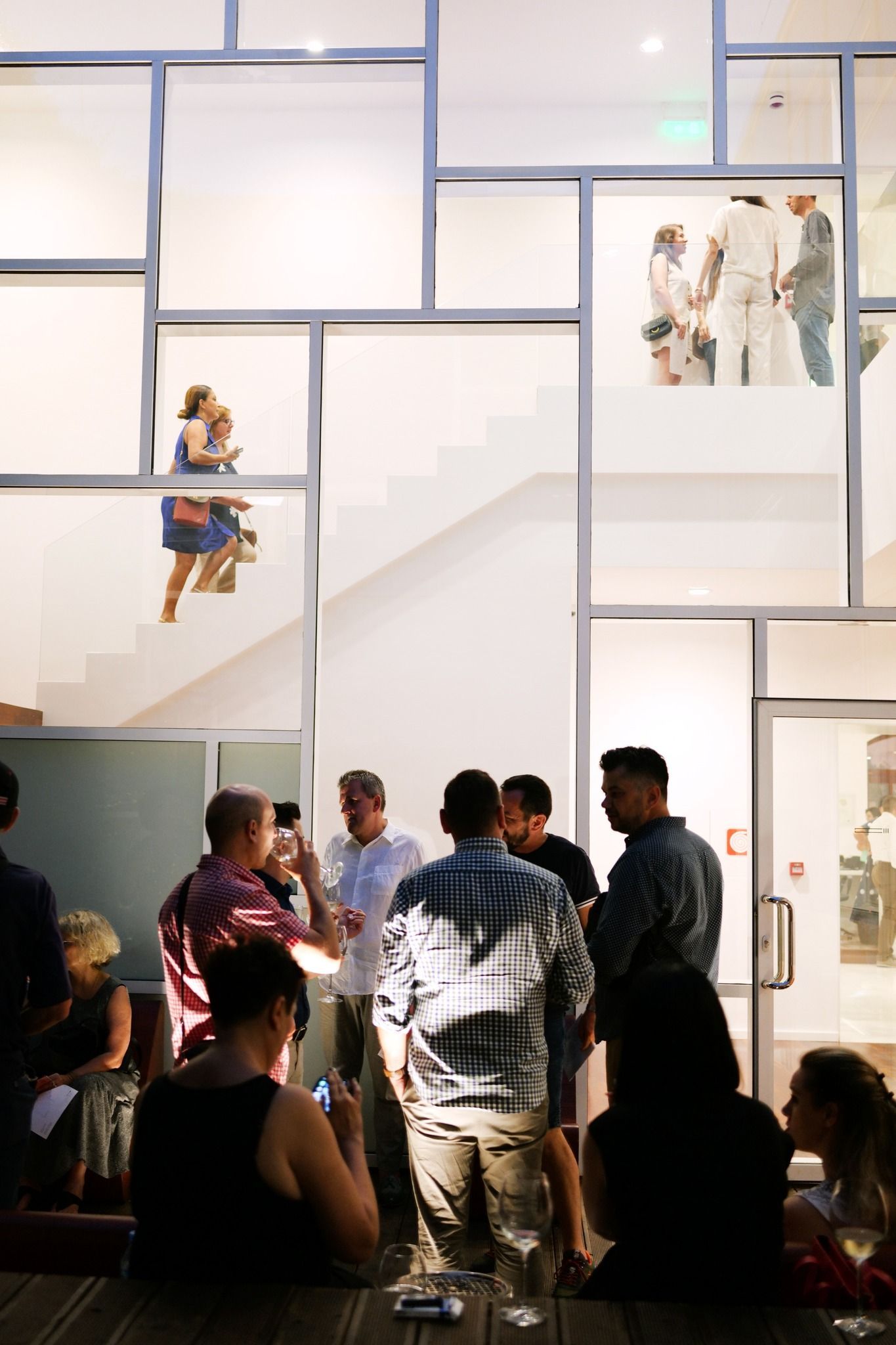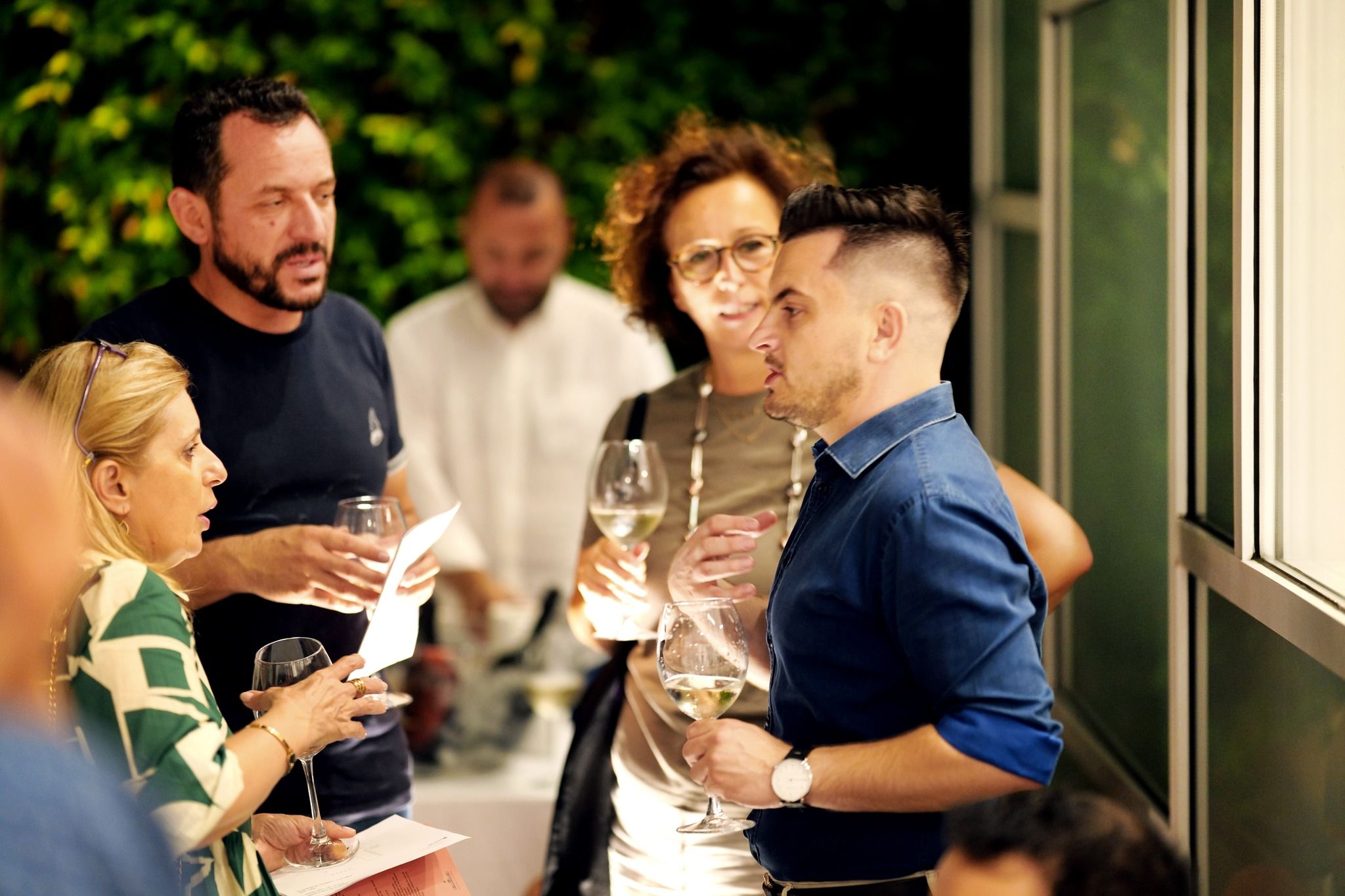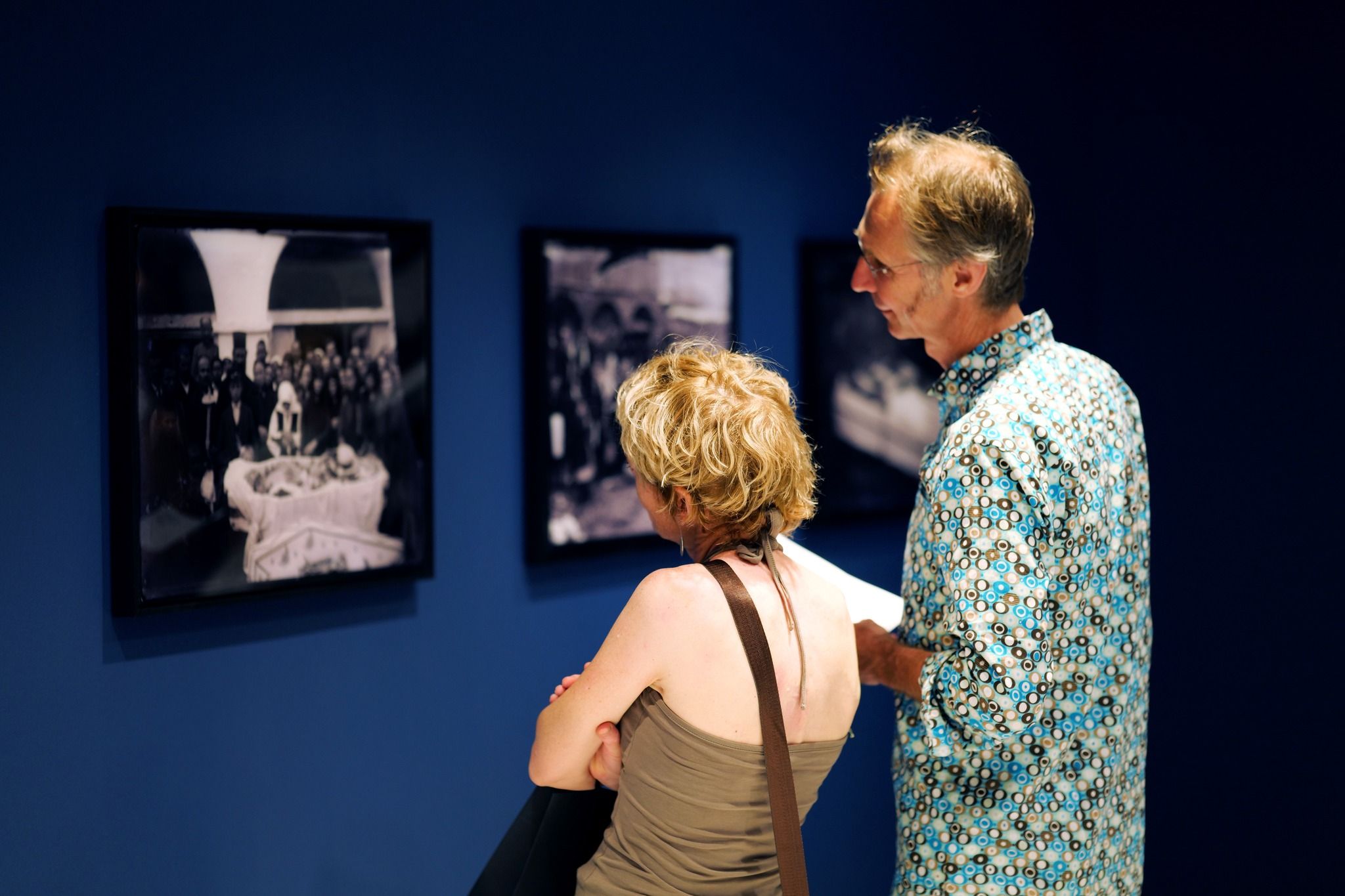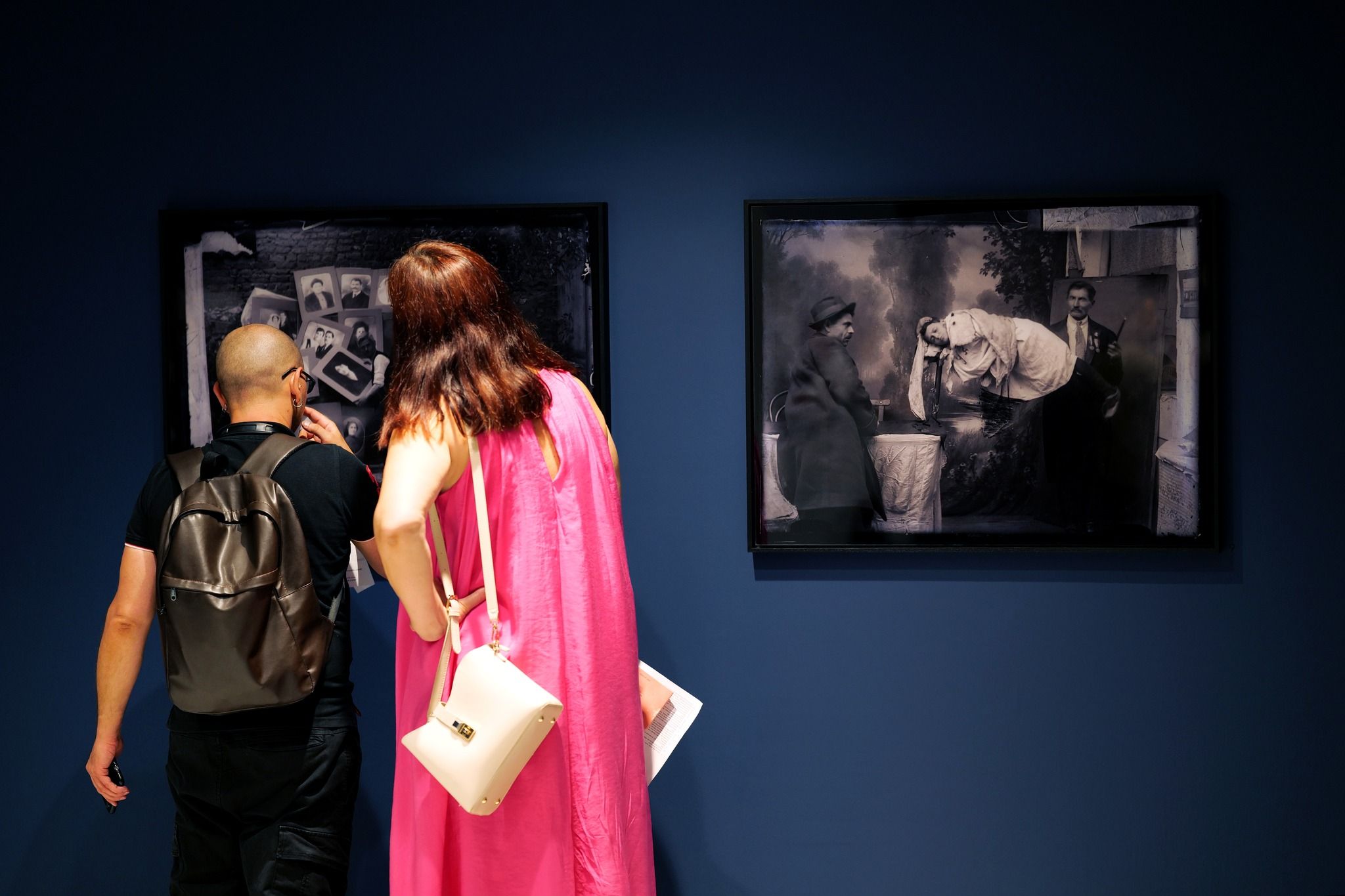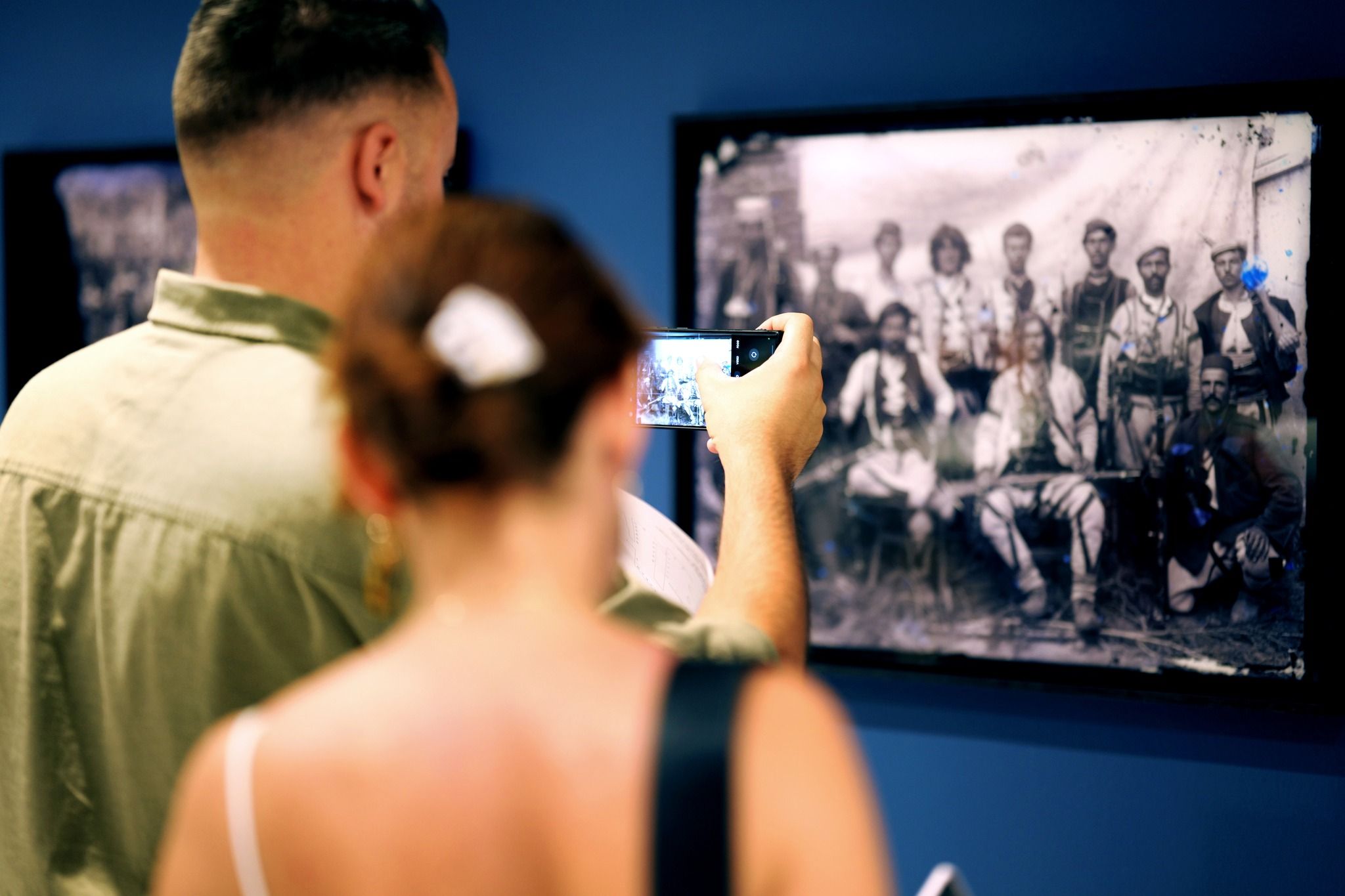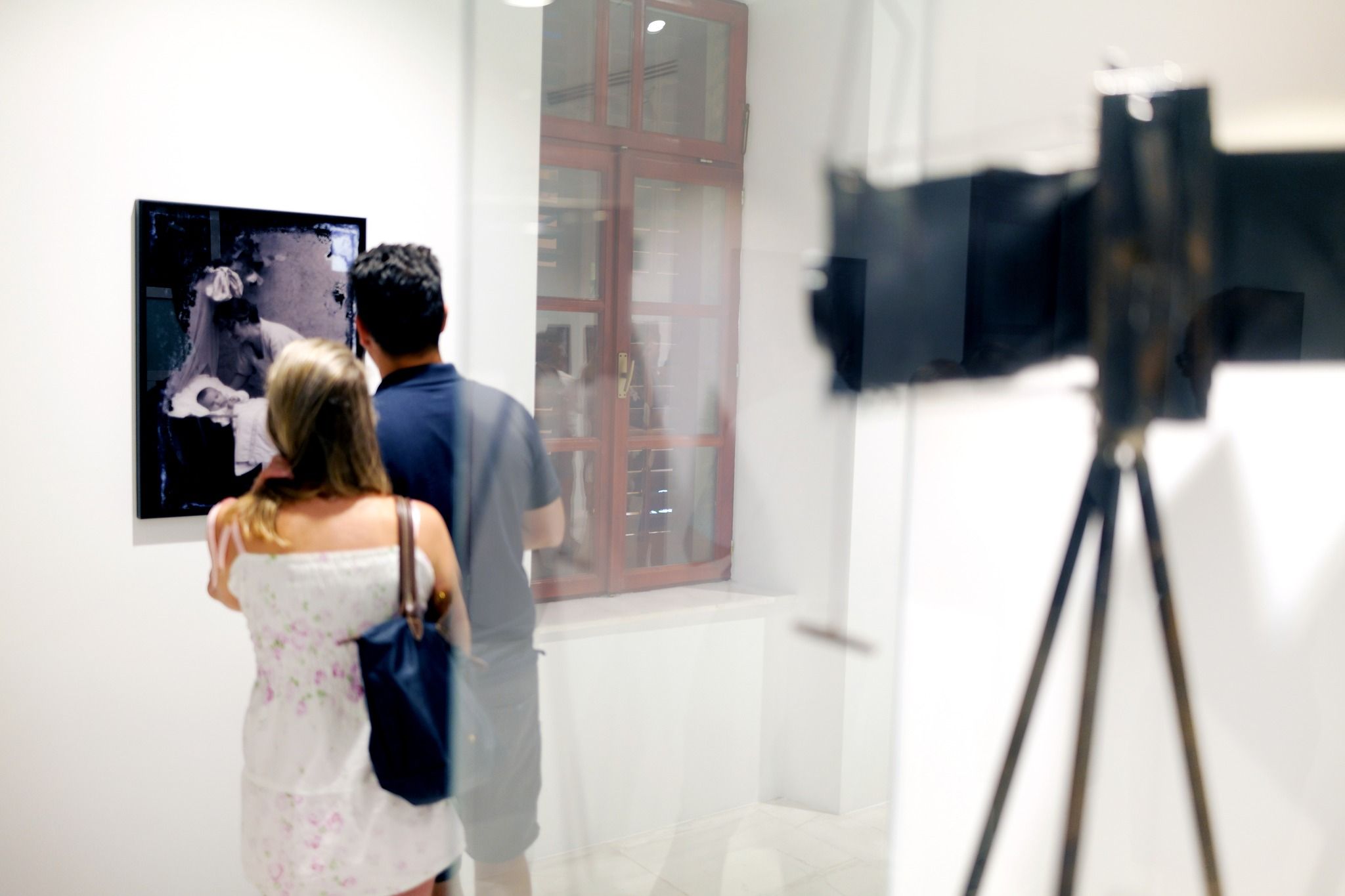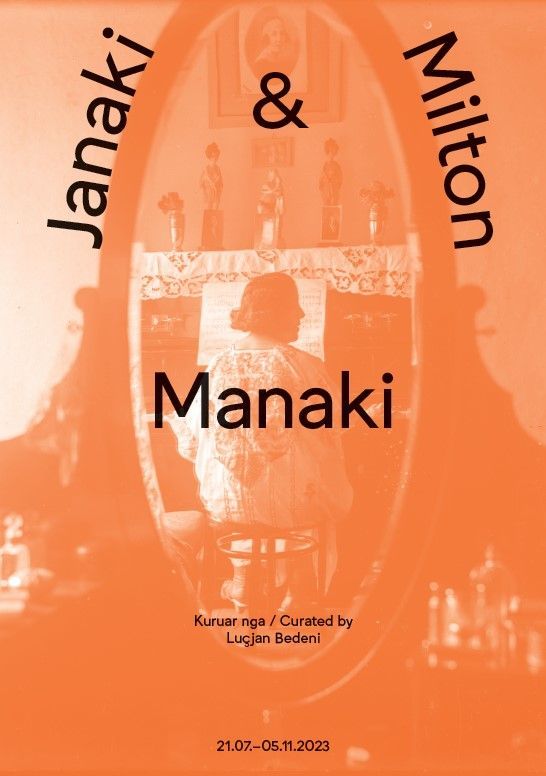Janaki & Milton Manaki
–
The 'encounter' with the photographs of the Manaki Brothers came through the images reproduced by Kel Marubi during the 25th anniversary exhibition commemorating Albania's Independence.
The photographs of the Congress and the Alphabet Commission in Bitola (1908), which are widely known among Albanian people as Marubi's photographs, were actually taken by the Manaki Brothers. The same argument applies to two other photographs of the patriots Çerçiz Topulli and Mihal Grameno. The search for the photographs of the Alphabet Congress has been the primary motivation behind the research of this collection. However, the trajectory of the research took another course when reproductions of Marubi's and Idromeno's images were discovered in the Manaki collection. The occurrence of reproductions from one photographer to another within the Balkan region suggests that they were likely acquainted with each other's work. The case of Pietro Marubbi (1832- 1903), reproducing the portrait of Garibaldi taken by the Alinari Brothers or photographs by Tommaso Burato (1840-1890), Franz Laforest (1838- 1911), and Kolë Guli, begs the questions of whether these photographers knew each other personally. In the case of Kolë Guli (Nicolo Giovanni Gulli) from Shkodra, who was a renowned photographer in the 19th century based in Cetinje, we know that he was photographed in Pietro Marubbi's studio. Besides this specific case, the most plausible hypothesis is that photographers were interested in observing the photographs produced by other studios within the territory where they operated. This practice of 'replicating' the mastery or style of one another was an effective means for photographers to attract a larger clientele. As a result, photographers had a variety of objects, backdrops, and carpets in their studios which they could modify based on their clients' preferences.
The photographs of the Manaki brothers bear a great resemblance to the photographs of Armenian photographer in Thessaloniki Paul Zepdji, as well as Albanian photographers Dhimitër Vangjeli (1872–1957) from Kolonja, Thimi Raci (1886-1966) from Dardha, Vani Burda (1875–1949) and Kristaq Sotiri (1883-1970) from Korça. When viewing their images for the first time without any prior knowledge, it becomes challenging to distinguish one photographer from another. The similarity among the authors can be attributed to their common practice of incorporating architecture in their photographs, which is presented to us at times as stone-built houses with roofs, and at other times as monasteries and churches visible in the background. When observing the images of funeral and wedding rituals, as well as the diverse ethnographic attire of Macedonian, Albanian, Greek, and Vlach / Aromanian populations, one gets the sense that the Manaki brothers portrayed the daily existence of a small 'village' through their camera lens.
Unlike other photographers in those regions, the mastery of the Manaki brothers lies in their compositions of groups consisting of hundreds or thousands of people in mountain ridges and meadows, enriching the landscapes they photographed from a distant perspective, as in the case of the photograph Monastery of St. Sofia in the village of Avdela. Powerful images of funerals are another distinctive feature of theirs, such as the photograph Funeral of a Bulgarian soldier in Bitola which ignites a cinematic visual, reminiscent of war and revolution scenes in films. Another identifying characteristic of the Manaki brothers are their studio portraits, featuring idyllic garden scenes with trees and exotic backdrops with palm trees. Besides evoking the Oriental world, these images bring us closer to the renowned names that developed photography in the Mediterranean.
Their collection, preserved in the State Archive of the Republic of North Macedonia - Department of Bitola, consists of 6702 glass negatives, 2087 plan films, 1071 roll films, 7041 photographic prints, 3867 documents and 49 cameras and other equipments. The Cinematheque of North Macedonia preserves a collection of films created by the Manaki brothers using their 'Camera 300'. These films have cemented the brothers' legacy as true pioneers of cinematography in North Macedonia.
Exhibition Credits
- Curated by
Luçjan Bedeni
- Supported by
Ministry of Culture of the Republic of Albania
- Exhibition coordinators
Goce Stojanovski
Dimitar Gorgievski - Contributor
State Archive of the Republic of North Macedonia - Department of Bitola
- An exhibition by
Marubi National Museum of Photography
